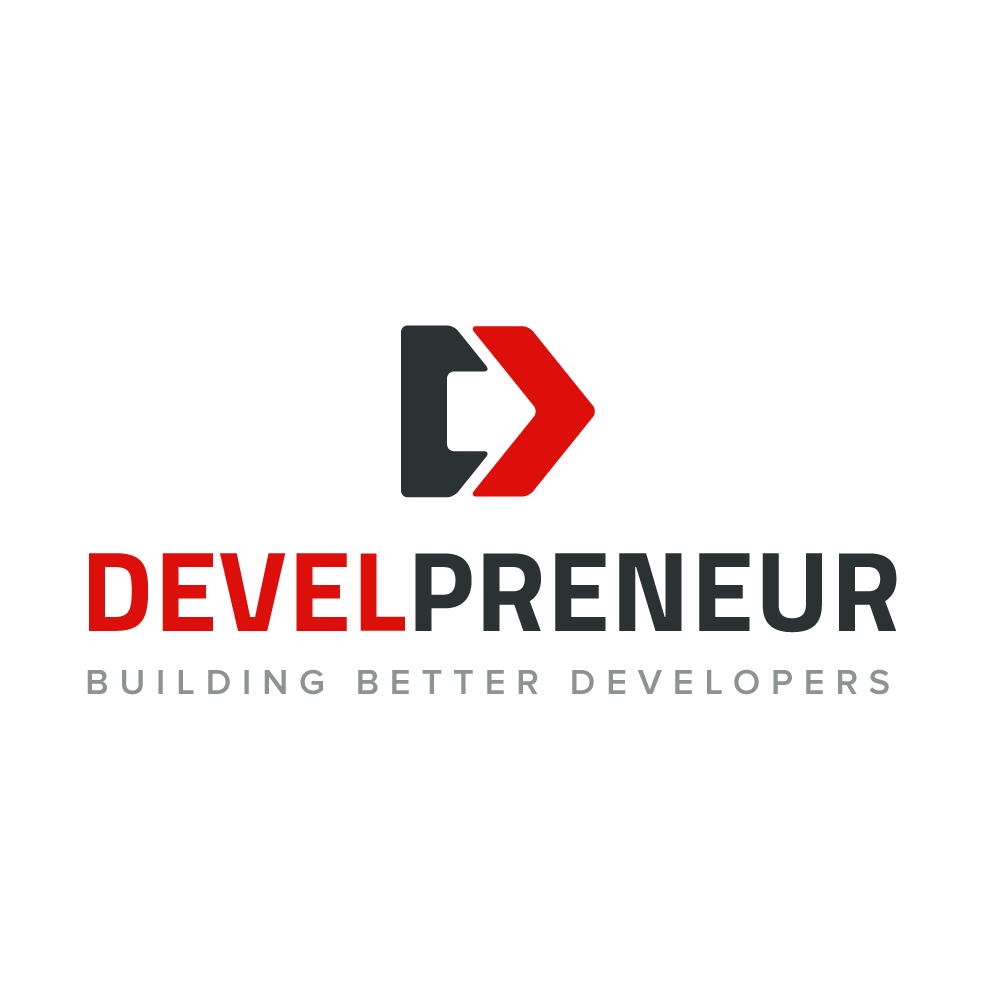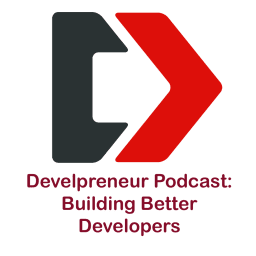This podcast episode delves into the compelling discussion on why building a portable development environment is essential. Imagine a development environment where code knows no boundaries. Michael and Rob explore the art of crafting a coding haven that seamlessly adapts to any device or location. In an era where remote work has become the norm, they underscore the paramount significance of untethered productivity. Prepare to embark on a journey through practical strategies and ingenious solutions that empower developers to thrive, regardless of the ever-changing environments they encounter. Whether coding from a cozy home office or a secluded beachside retreat, this episode promises to equip you with the tools and insights to create a genuinely mobile development sanctuary.
Listen to the Podcast on how to Build a Portable Development Environment
The Value of a Portable Development Environment
The conversation kicks off with a riveting tale that resonates with every developer’s worst nightmare – a laptop casualty during the throes of travel. However, this particular developer had the foresight to curate a portable oasis, meticulously crafted with a suite of nomadic applications residing on an external hard drive. This clever contingency plan allowed them to seamlessly plug their digital lifeline into a business center PC, continuing their workflow with minimal disruption. This anecdote serves as a resounding testament to the indispensable value of cultivating a truly mobile development ecosystem that can be rapidly resurrected and thrive on any hardware it encounters.
Tools for a Portable Development Environment
The podcast outlines several tools and strategies to build a portable development environment:
- Portable Apps: Originally designed for Windows, portable apps allow developers to carry their essential tools on an external drive and run them without installation. This is especially useful when dealing with limited or restricted environments.
- External USB Drives: The hosts recommend using high-speed, large-capacity USB drives to store essential development tools and environments, such as IDEs, development frameworks, databases, and build tools.
- Cloud Storage: Services like One Drive, Dropbox, Google Drive, and Box are essential for syncing development environments and files. Regular backups to these services ensure the development environment can be restored quickly if a local machine fails.
- Version Control: Regularly committing code to a version control system like Git is crucial. This practice ensures that code changes are continuously saved and can be retrieved from any machine.
Leveraging Virtualization and Containerization
The podcast also explores more advanced solutions like virtualization and containerization:
- Virtual Machines (VMs): VMs, such as those provided by VMware and Virtual Box, allow developers to create fully configured environments that can be easily cloned and deployed across different machines. This method has been around for a while and offers a robust way to manage development environments.
- Containers: Technologies like Docker and Kubernetes offer a modern approach to virtualization. Containers allow developers to package their applications and environments into lightweight, portable units. These can be run on any machine with a container runtime, providing consistency across different development setups.
- Cloud-based IDEs: Tools like Cloud9 provide cloud-first development environments that can be accessed from anywhere. These IDEs offer the flexibility of working from various devices without worrying about local setup issues.
Practical Tips for Developers
The hosts provide several practical tips for maintaining a portable development environment:
- Consistent Backups: Regularly back up development environments to both local and cloud storage. This ensures that all tools, configurations, and code are recoverable in case of hardware failure.
- Configuration Management: Export and store IDE configurations and settings. This saves time when setting up a new machine or restoring an environment.
- Offline Storage: Keep copies of essential utilities and applications in offline storage locations, such as USB drives or DVDs. This ensures access to necessary tools even when internet access is restricted.
- Compatibility Considerations: Ensure that necessary adapters and dongles are available, especially when using USB drives or other external devices. This is important for ensuring compatibility with different hardware setups.
Final Thoughts
The podcast concludes by reiterating the importance of being prepared for unexpected disruptions. A well-prepared developer can maintain productivity regardless of the environment by having a portable, OS-agnostic development setup. The hosts encourage listeners to explore various tools and strategies to find what works best for them, ensuring they are always ready to work efficiently, no matter where they are.
This episode provides valuable insights and practical advice for developers aiming to create resilient and flexible development environments. Whether through simple tools like portable apps or advanced solutions like containers, the key takeaway is to be prepared and proactive in managing development setups.
Stay Connected: Join the Developreneur Community
We invite you to join our community and share your coding journey with us. Whether you’re a seasoned developer or just starting, there’s always room to learn and grow together. Contact us at [email protected] with your questions, feedback, or suggestions for future episodes. Together, let’s continue exploring the exciting world of software development.

